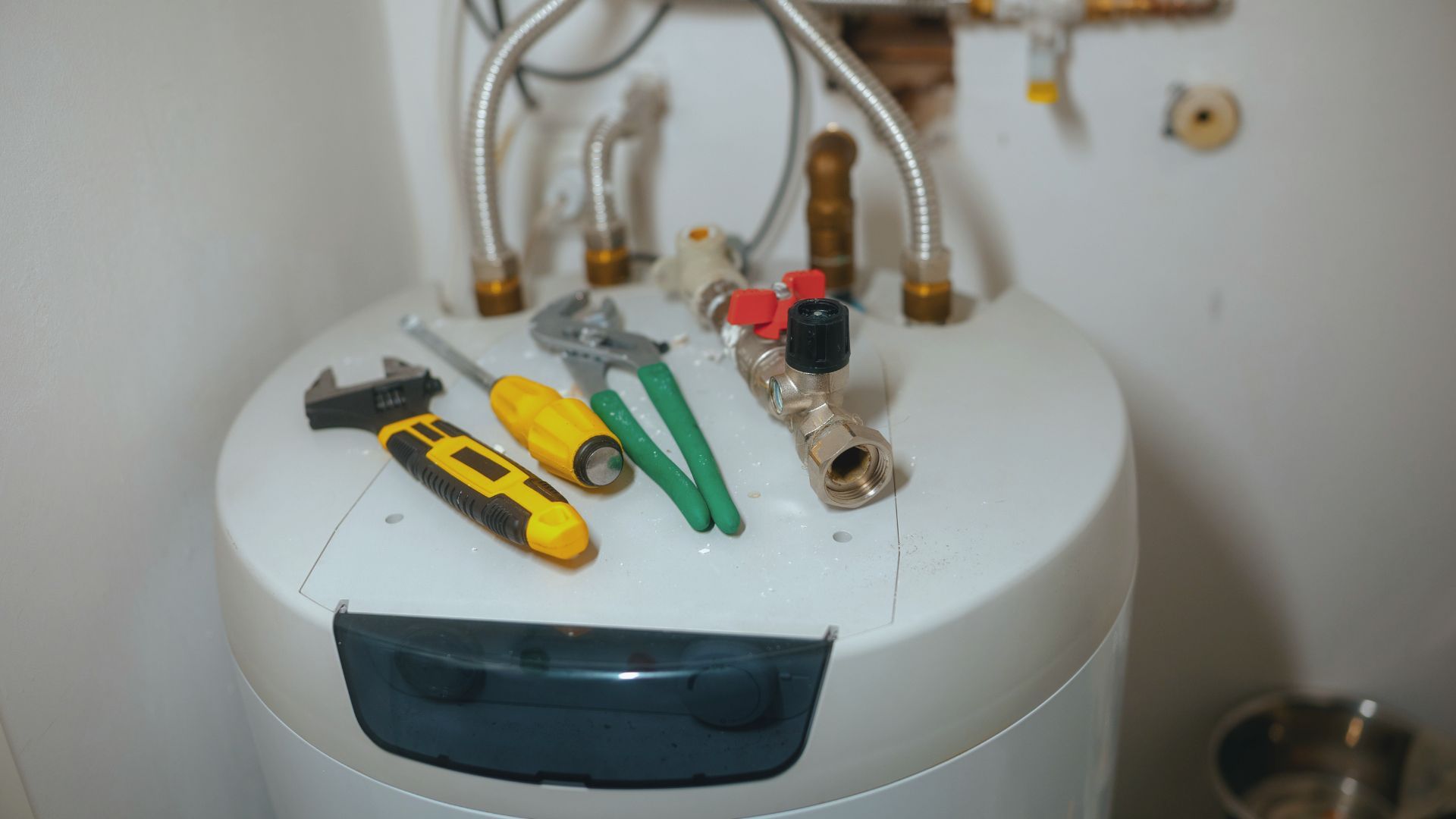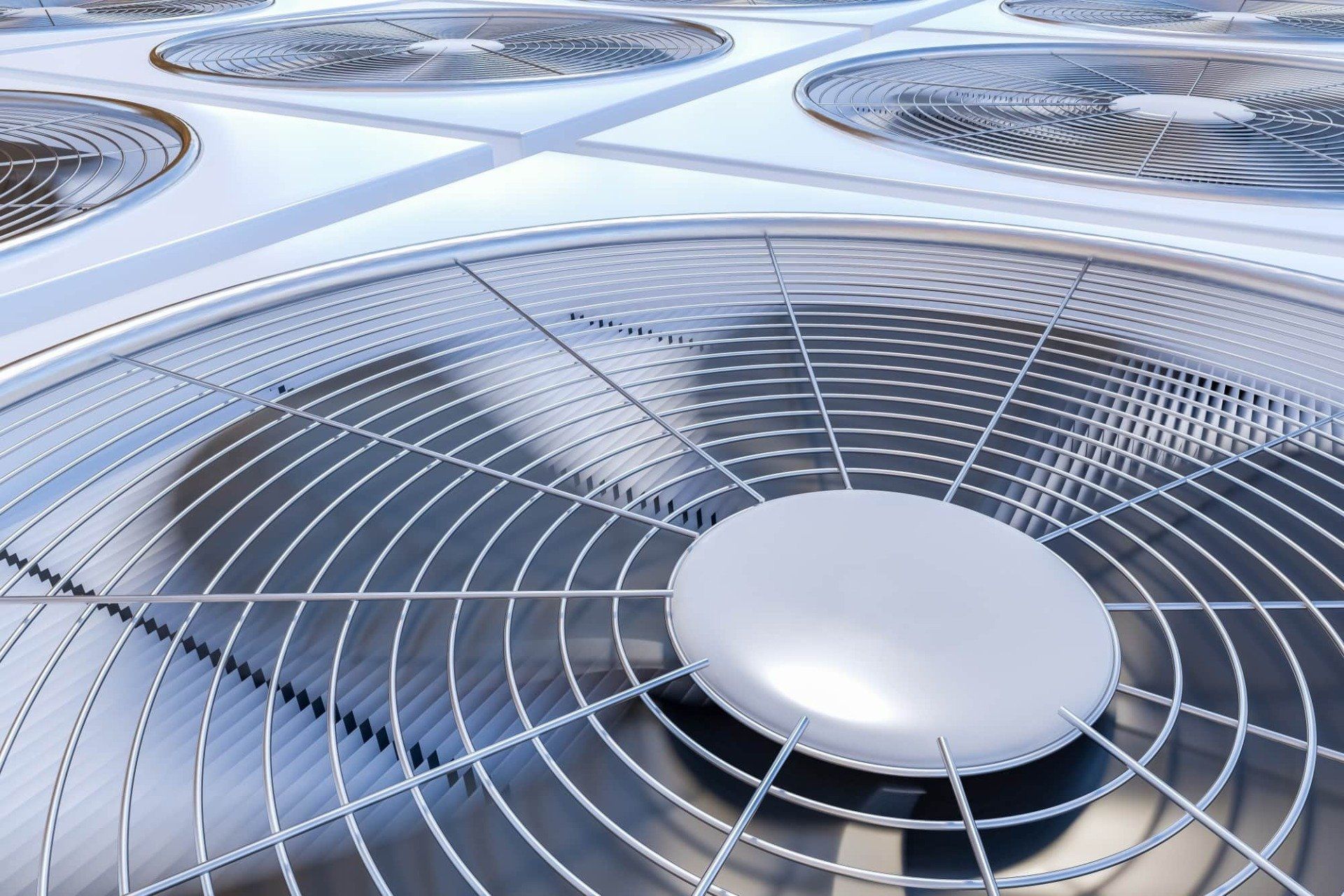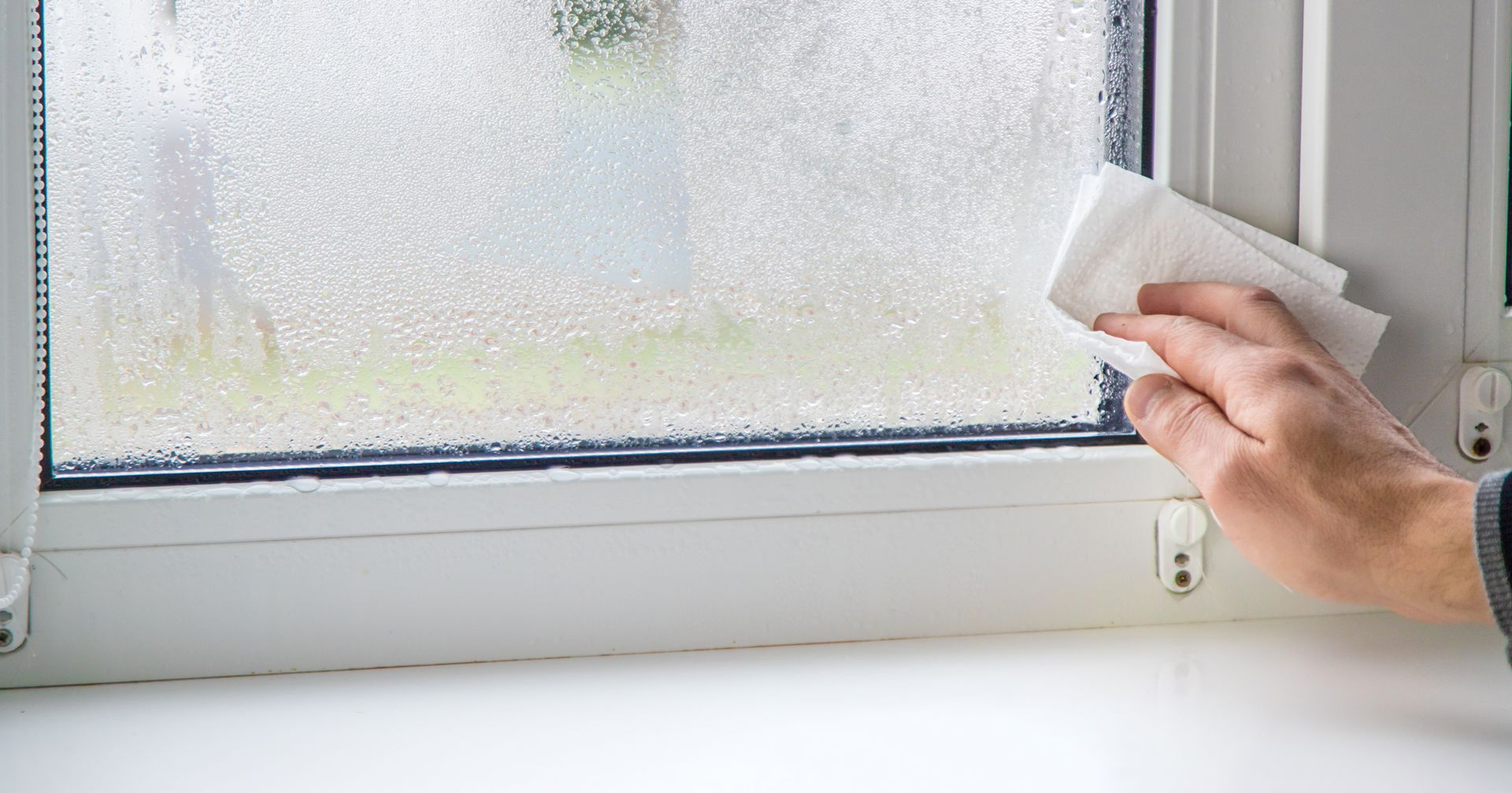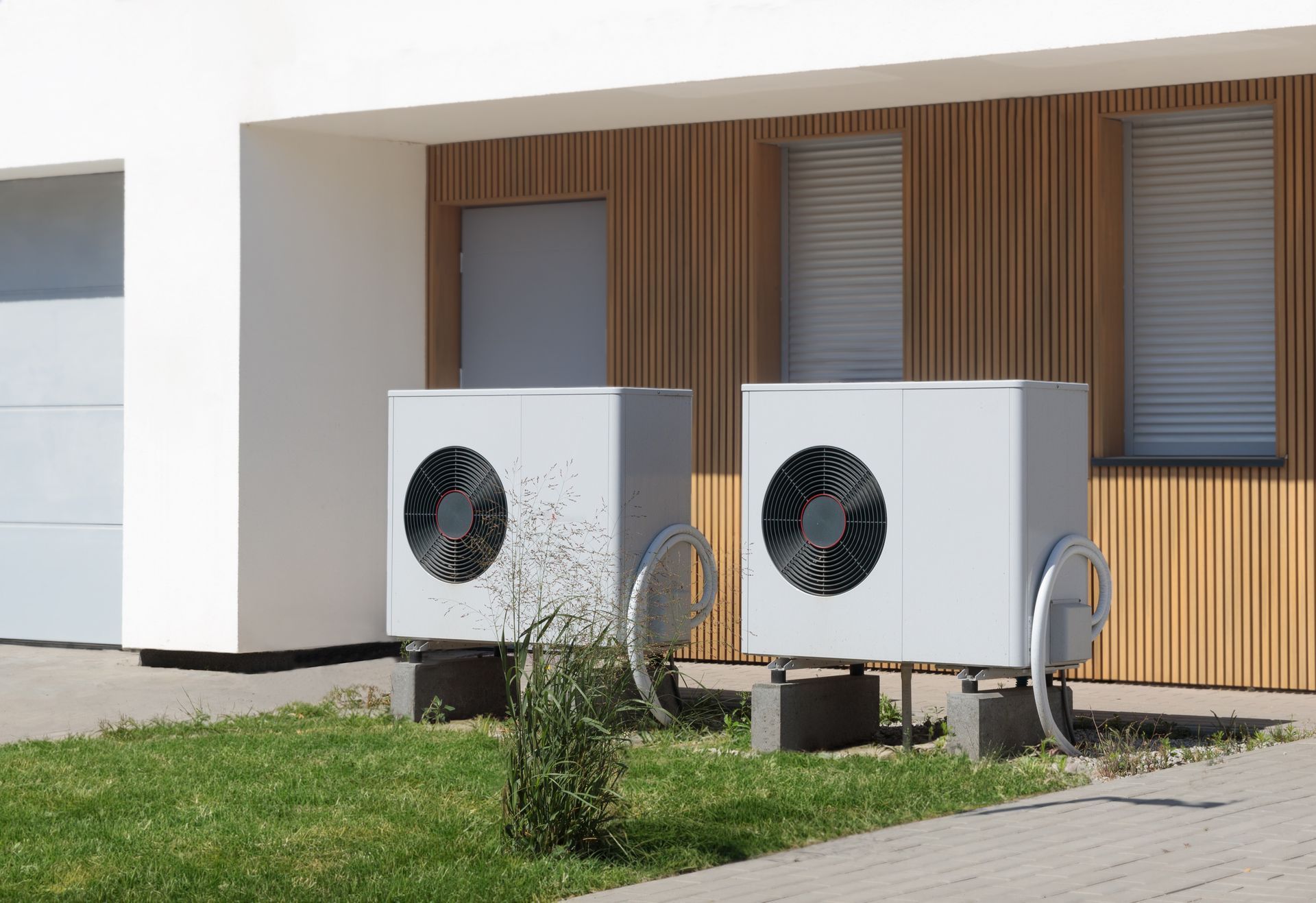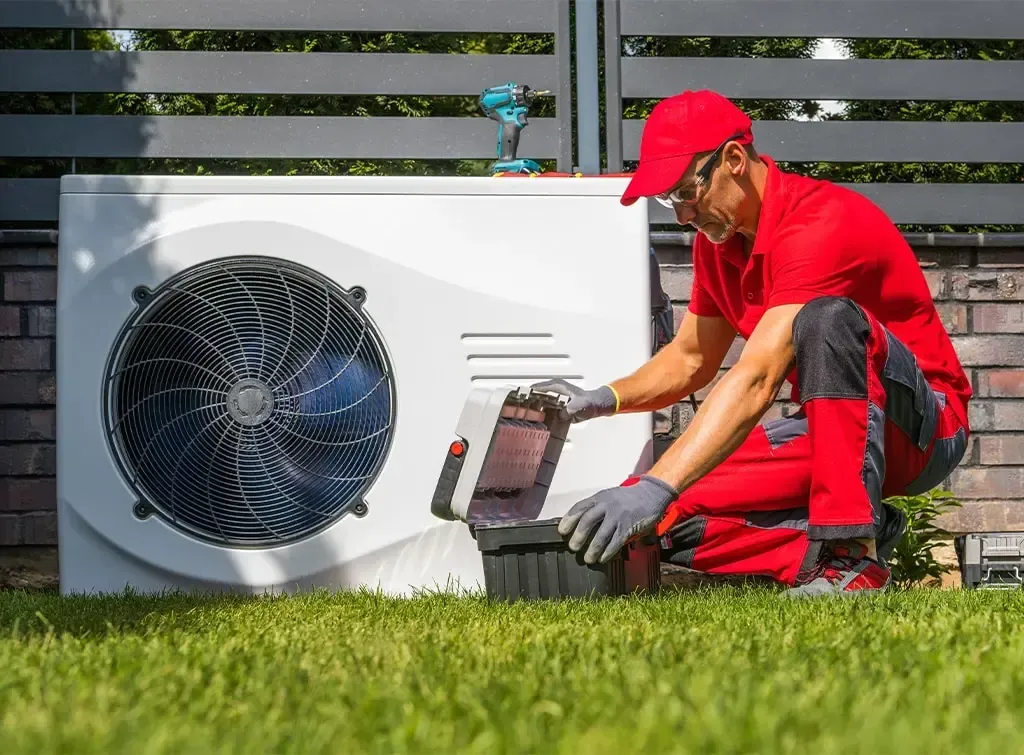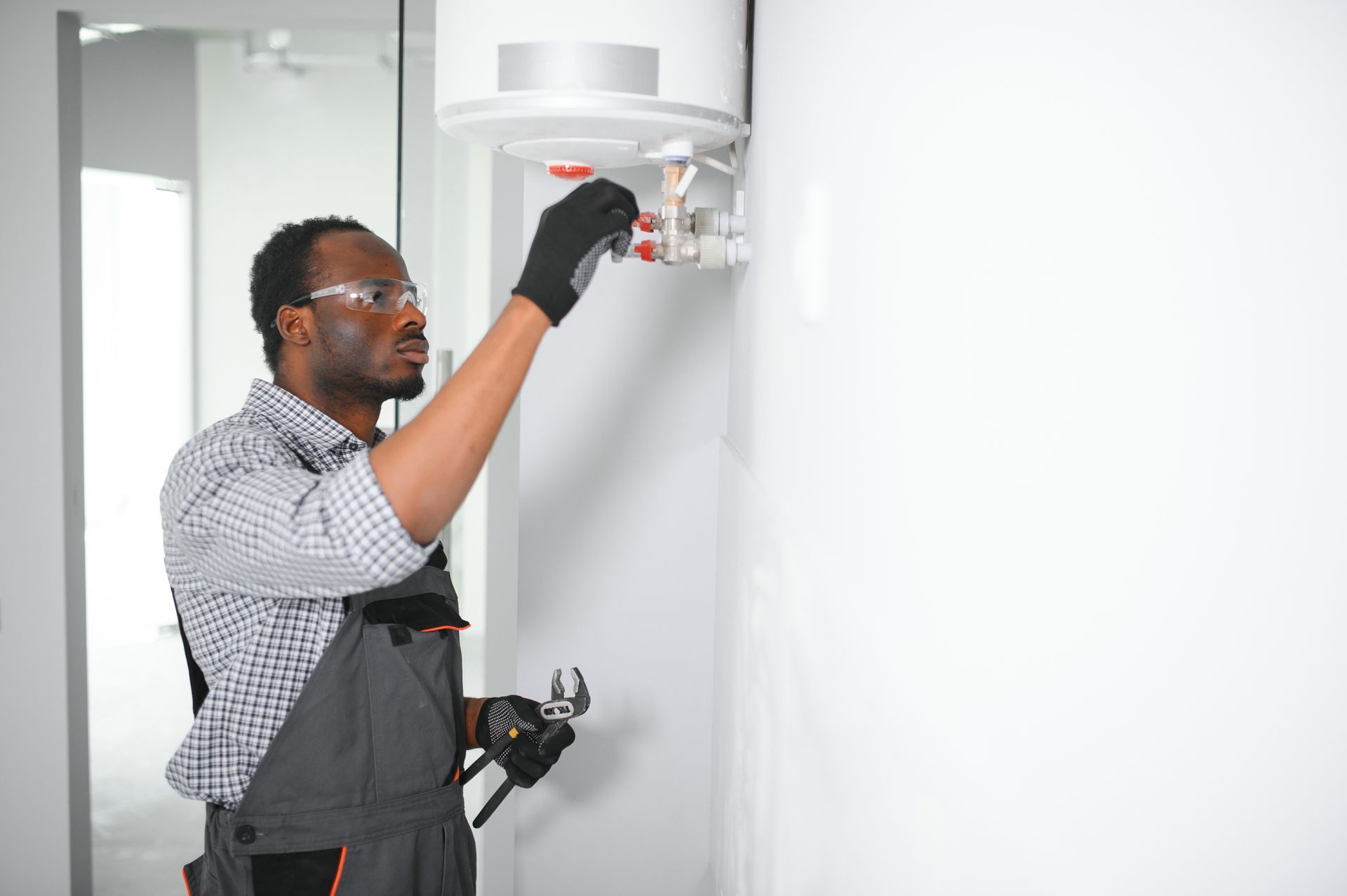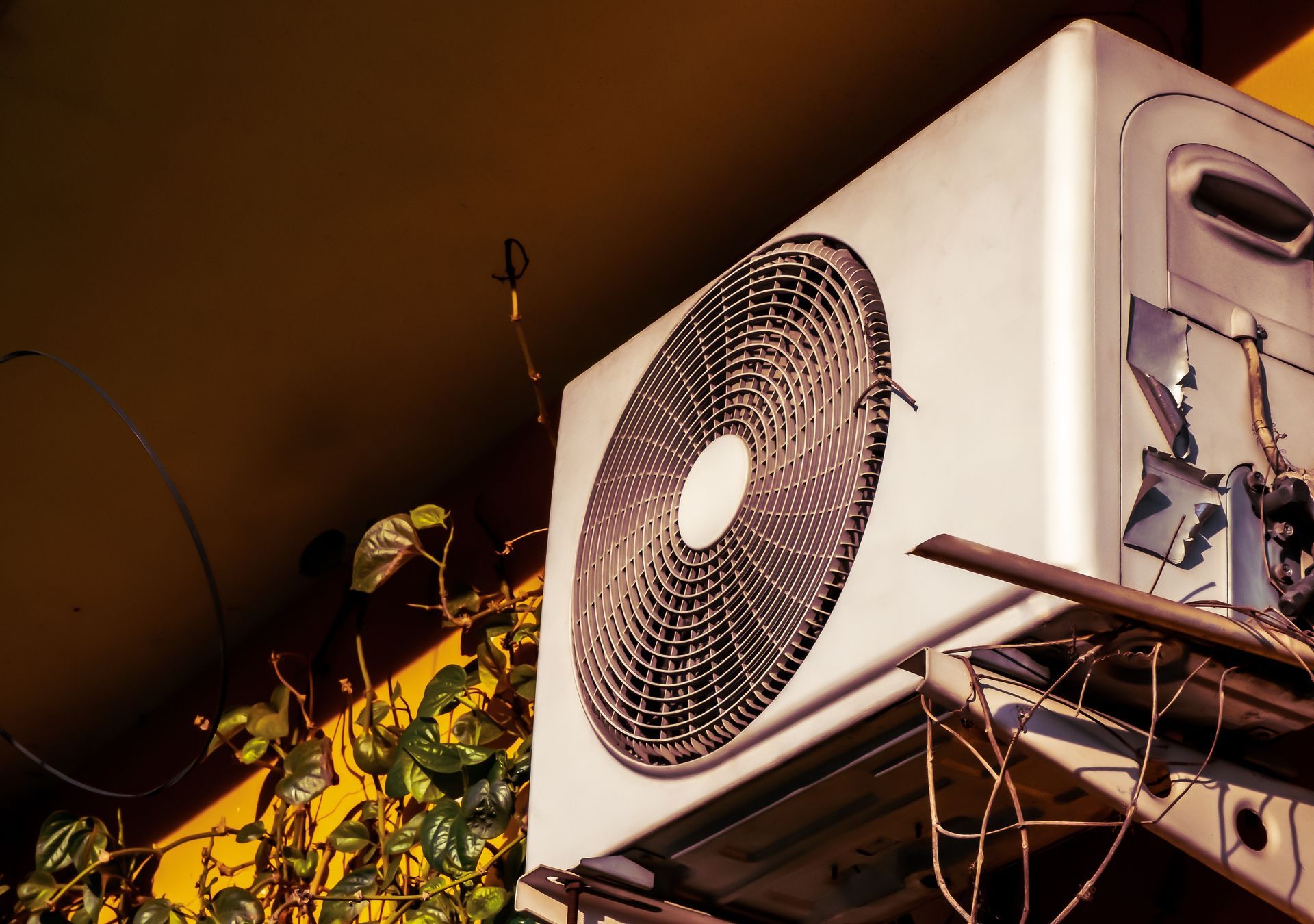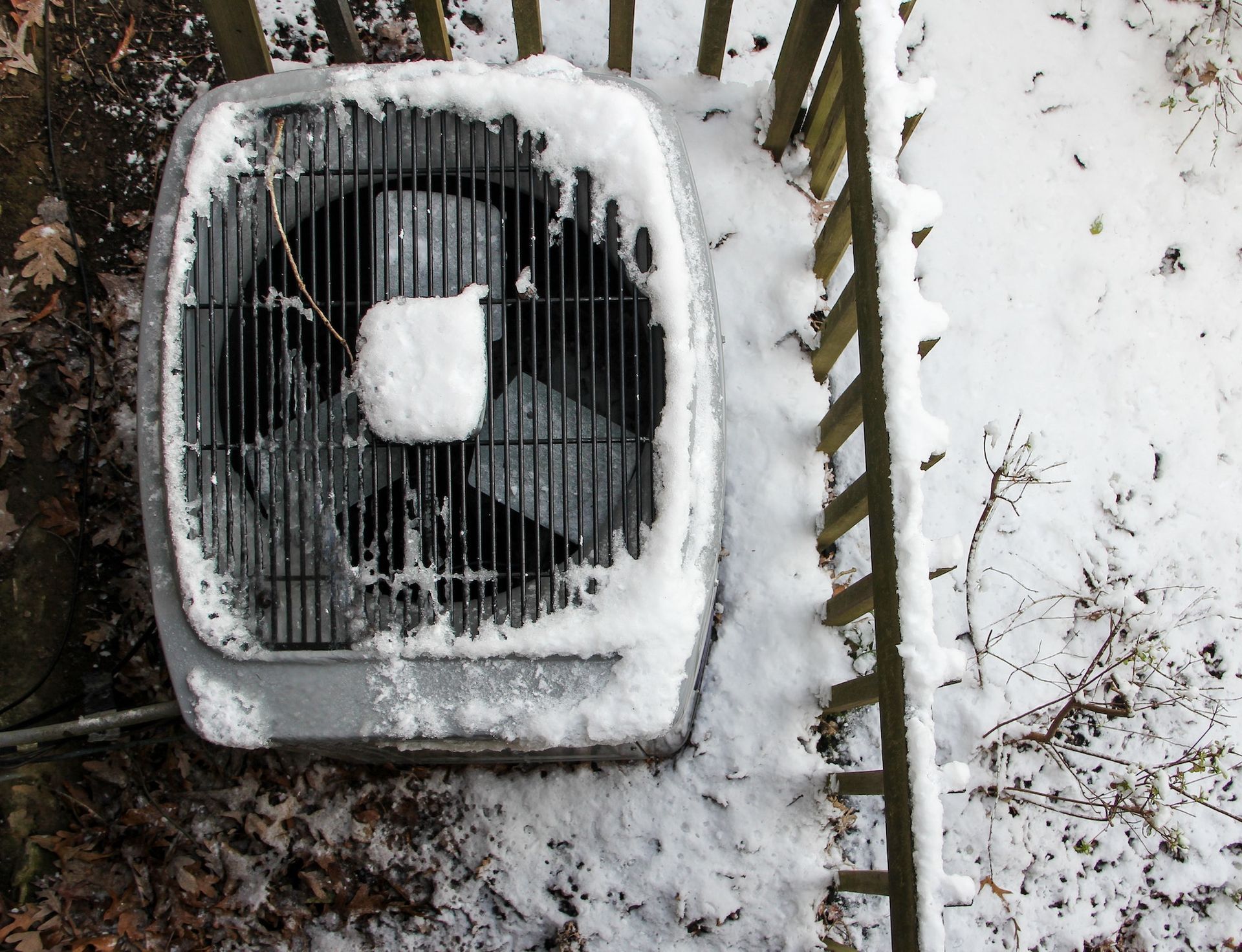By Adam's Air Systems
•
September 30, 2025
Your home’s heating, ventilation, and air conditioning (HVAC) system works tirelessly behind the scenes to keep you comfortable. But for it to work efficiently and maintain healthy indoor air, it needs regular care. One of the most crucial, yet often overlooked, maintenance tasks is changing the air filter. A clean filter is the key to a happy HVAC system, better air quality, and lower energy bills. This guide will walk you through everything you need to know about your HVAC filter. We'll cover how often to change it, the factors that influence this schedule, and the benefits you'll gain. We will also explain why partnering with a professional service like Adam's Air Systems can make all the difference. Why Your HVAC Filter Matters So Much Before we discuss schedules, let's understand the filter's job. Its primary function is to trap airborne particles like dust, pollen, pet dander, and other debris. This prevents these contaminants from circulating through your home and from clogging the sensitive internal components of your HVAC unit. When a filter becomes clogged, it forces the system to work harder to pull air through. This strain leads to several problems: ● Reduced Efficiency: A struggling system uses more energy to heat or cool your home, leading to higher utility bills. ● Poor Air Quality: A dirty filter can no longer effectively trap particles, allowing them to recirculate in the air you breathe. It can even become a breeding ground for mold and bacteria. ● System Damage: Over time, the increased strain can cause expensive components to overheat and fail, leading to costly repairs or even a full system replacement. How Often Should You Change Your HVAC Filter? There isn't a single answer that fits every home. The ideal frequency for changing your filter depends on several factors. However, here is a general guideline to get you started. General Recommendations ● Basic Fiberglass Filters (1-inch): These are the most common and least expensive filters. They should typically be changed every 30 days. ● Pleated Filters (1-inch): These offer better filtration and can last longer, usually between 60 and 90 days. ● High-Efficiency Filters (4-5 inches thick): These thicker, boxier filters have more surface area to trap particles and can last from 6 to 12 months. These are just starting points. You may need to change your filter more or less often based on your specific living situation. Factors That Affect Filter Lifespan To determine the right schedule for your home, consider these key factors: 1. Household Occupants and Pets The more people and pets in your home, the more dust, hair, and dander will be present in the air. ● Homes with Pets: Pet dander and fur can clog a filter quickly. If you have one or more furry friends, plan to change your filter every 30 to 60 days, regardless of its type. ● Allergies or Asthma: If anyone in your household suffers from allergies or respiratory issues, changing the filter more frequently (every 30-45 days) can significantly improve indoor air quality and reduce symptoms. 2. Your Home's Environment The location and condition of your home play a significant role. ● Urban or Dusty Areas: Homes near construction sites, on dirt roads, or in areas with high pollen counts will need more frequent filter changes. ● Smokers in the House: Tobacco smoke contains particles that will quickly clog a filter. If someone smokes indoors, you should change your filter monthly. 3. System Usage How often you run your HVAC system is a major factor. During peak heating and cooling seasons (summer and winter), your system runs constantly, pulling more air and particles through the filter. You will likely need to change it more often during these months compared to the milder spring and fall. What About Heat Pumps? Heat pumps work by transferring heat, providing both heating and cooling from a single unit. Because they often run year-round, their filters can get dirty faster than a standard furnace or air conditioner. The same rules apply: check your heat pump's filter monthly and replace it according to the manufacturer's recommendations and the specific conditions in your home. Regular filter changes are vital for maintaining a heat pump's efficiency. Signs It's Time for a Change Not sure if your filter is ready for replacement? Here are a few tell-tale signs: ● Visible Dirt: The most obvious sign is a filter caked with a thick layer of dust and grime. If it looks gray and clogged, it's time for a new one. A clean filter is typically white or off-white. ● Reduced Airflow: Do you notice less air coming from your vents? A clogged filter is a common culprit. ● Increased Dust: If you find yourself dusting furniture more often, your filter may no longer be doing its job. ● Higher Energy Bills: An unexplained spike in your utility costs could mean your HVAC system is working overtime due to a dirty filter. ● System Overheating: In extreme cases, a blocked filter can cause your system to overheat and shut down automatically. A simple practice is to visually inspect your filter every month. This will help you learn its "rhythm" and establish a replacement schedule that works for you. The Benefits of Timely Filter Changes Staying on top of this simple task offers significant rewards: ● Lower Energy Costs: A clean filter allows for optimal airflow, enabling your system to run at peak efficiency and reducing energy consumption by up to 15%. ● Improved Indoor Air Quality: You and your family will breathe cleaner, healthier air with fewer allergens and pollutants. ● Extended HVAC Lifespan: Reducing strain on your system helps prevent premature wear and tear, saving you from expensive repairs and prolonging the life of your unit. ● Greater Home Comfort: An efficient system can better maintain a consistent and comfortable temperature throughout your home. Trust the Experts at Adam's Air Systems While changing a filter is a task most homeowners can handle, it's just one piece of the HVAC maintenance puzzle. For comprehensive care and peace of mind, it’s best to partner with a professional. At Adam's Air Systems, we understand the critical role of proper maintenance. Our experienced technicians can help you select the right type of filter for your system and home environment. During a routine maintenance visit, we do more than just swap out the filter. We perform a thorough inspection of your entire HVAC system, cleaning essential components, checking refrigerant levels, and identifying potential issues before they become major problems. Our team has the expertise to service all types of systems, including furnaces, air conditioners, and heat pumps. We are committed to helping you maximize your system's efficiency, improve your home's air quality, and ensure your comfort all year long. Don't let a simple filter compromise your comfort or your budget. Set a reminder to check it monthly, and for complete system care, schedule a professional maintenance check-up with Adam's Air Systems today.

